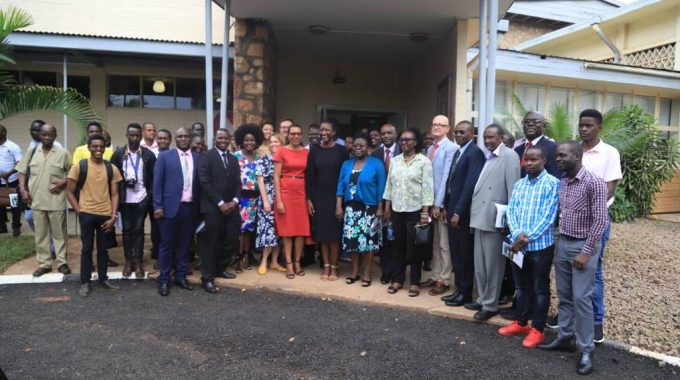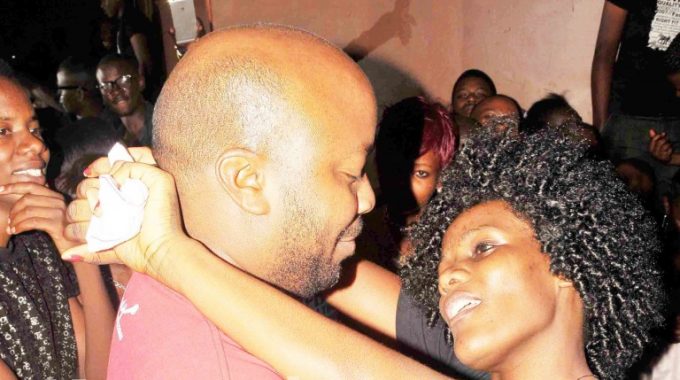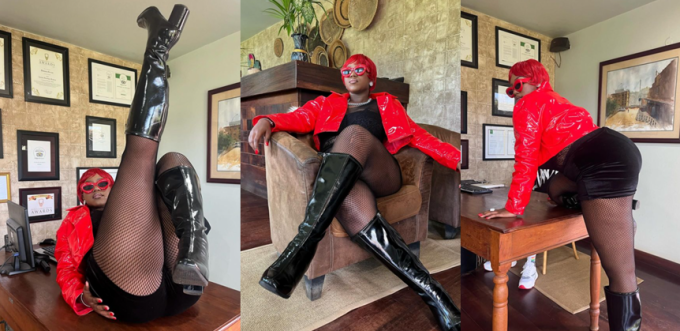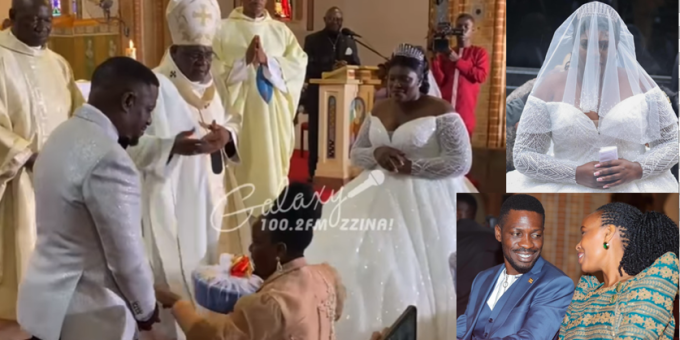Modern architecture is one of the important artistic forms of the 20th century. Set free from traditional structural requirements, architects and engineers used experimental materials and novel construction techniques to create innovative forms and advance new philosophical approaches to architecture.
Today this modern architectural heritage is at considerable risk. The cutting-edge building materials and structural systems that define the modern movement were often untested and have not always performed well over time. Heritage professionals do not always have enough scientific data on the nature and behavior of these materials and systems to develop the necessary protocols for conservation treatment.
To address these challenges; The Getty Foundation based in Los Angels, California developed Keeping It Modern initiative, an international grant initiative that continues deep commitment to architectural conservation with a focus on important buildings of the twentieth century. Getty Foundation not only awards grants in conservation but also in fields of Art history and museums.
Project background
The Uganda Museum is one of the first modern architectural building, with a cast-in-place concrete structure in Kampala. It set the example for other institutional buildings, including the Parliament and National Theatre, and it’s the last intact work of a pioneer of modern architecture, Ernst May who was commissioned by the British Government to plan for the fast growing city of Kampala in 1947.
While the museum´s collection is appreciated by thousands of visitors per month, and attracts international attention, the value of the building itself has long been ignored. The physical aspects of the museum have continued to deteriorate simply because we did not have enough understanding and expertise to study, assess, and understand the building. This situation affected not only the image of the museum but also put this valuable asset of Uganda’s heritage at risk.
Therefore, the officers in the Ministry of Tourism, Wildlife and Antiquities applied for and won this prestigious international grant from the Getty Foundation, USA through its international “Keeping It Modern initiative”.
This is the first Getty Foundation, Keeping It Modern grant in East Africa and it recognizes the unique design and style of the Uganda Museum building. Past winners of this award include the Sydney Opera House, the Salk Institute in California, and the Robie House by renowned architect Frank Lloyd Wright.
This is the sixth year Getty Foundation has been offering these grants and 2020 will be their last year for Keeping It Modern grants, we take it as a previldge to be among the 10 buidlings to receive this grant.
This project is aimed at bringing together a team of international and local experts to assess and study the building in order to: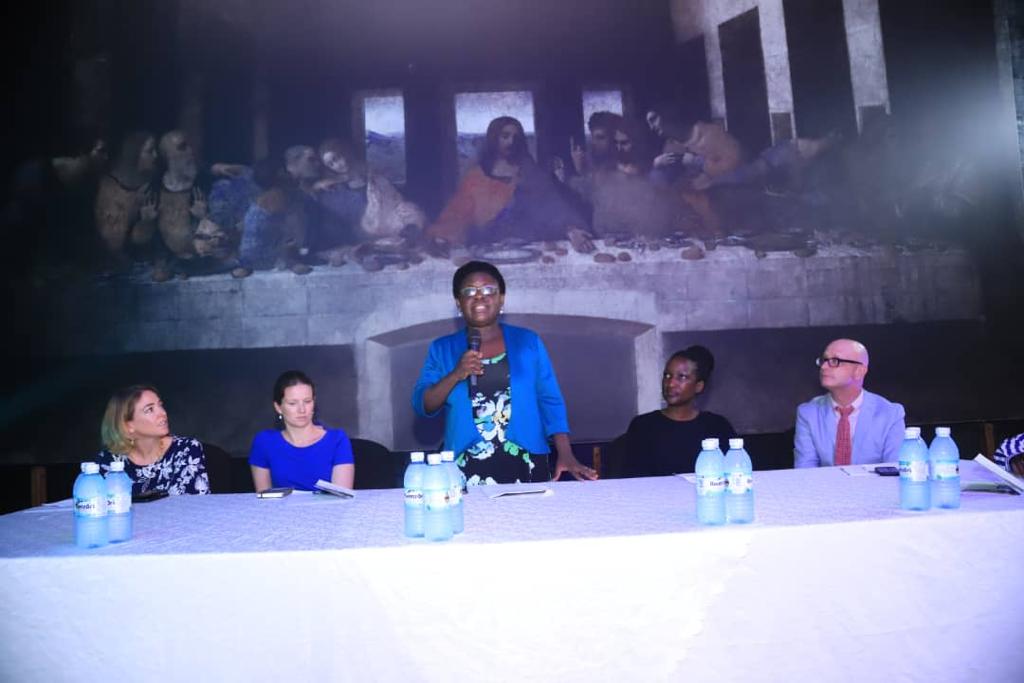
• Develop a conservation management plan to guide future interventions, conservation, and maintenance
• Train the museum staff on how to monitor the environment both inside and outside the museum to protect its valuable collections
• Raising awareness about the significance of the building
• Investigate the materials on the building and conduct analysis and testing
• Assess the major elements of the museum site including the gardens, Artifacts, Original furniture and fittings among others
• Conduct a condition assessment and assess the modes of failure on the museum building
• Investigate the concrete building techniques, materials used and advise on the best forms of concrete ratios and qualities
• Evaluate the remaining life span of the concrete within the building
• Undertake some repairs
This project will follow the International Council on Monuments and Sites (ICOMOS) charter on principles for the analysis, conservation, and structural restoration of architectural heritage (2003).
This charter recommends a multidisciplinary team, in relation to the type and the scale of the problems. The Uganda Museum has formed such a team, and has begun. Museum management along with local architects were recently invited to represent the Uganda Museum at an international symposium in London, at this symposium the history and values of the Uganda Museum were presented along with the issues facing the building.
Over the next few months, additional data and information will be collected and processed to establish a more comprehensive plan of activities that will result in a Conservation Management Plan. Such a strategy will give the leadership of the museum a full understanding of the structural and material characteristics which is a requirement for good conservation practice. Additional information will include the building´s original and earlier states, on the techniques that were used during construction, on the alterations and their effects, and on the phenomena that have occurred, and, finally, on the present state of the museum.
In January, a two-week training program for stakeholders, engineers and architects will be held at the museum where they will explore the problems and develop preliminary solutions.
This project will further look on to the birth of architectural conservation of historical buildings not only in Uganda but in the East African region.

Interested in Marketing, Sales, Advertising, & Ugandan Music!
Sapiosexual & Ambivert


